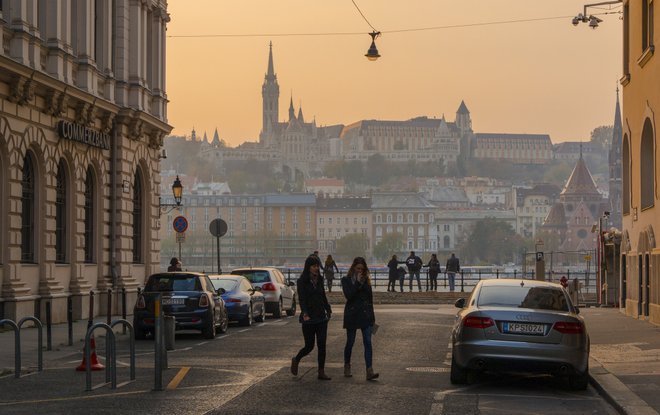
Yes, they both begin with a "b," but aside from that fun fact there are many other factors that make Budapest similar to Berlin. Compared to its German counterpart, however, which has been welcoming Europe’s creative drifters for the past decade, the Hungarian capital is only just beginning to permeate the travel hip lists. Travelers are now discovering that Budapest has everything that helped to catapult Berlin into what it is today, though -- which is why 2016 is the year Budapest's popularity seems to be blowing up. We're sure many reasons can be dug up to prove it, but here are seven major reasons why Budapest is the new Berlin.
1. There are ruin bars.
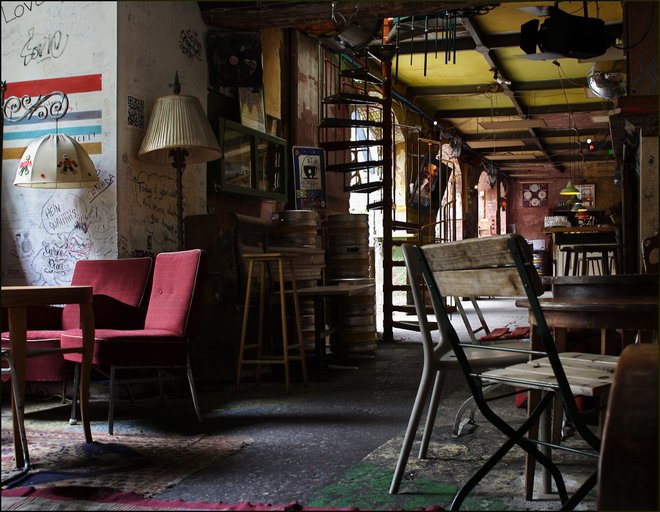
A byproduct of the country’s troubled past,
the Budapest “kerts” or “ruin bars” parallel the same creativity that Berlin
demonstrated in its own transformation following the fall of the wall. The
abandoned, disused building bars of Budapest are pretty much like bars
everywhere — just way better. Think graffiti on the walls, fairy lights,
candles, ’80s computers dangling from ceilings, bathtubs instead of sofas,
impromptu markets, and a general acceptance that anything goes. Oh, and they
look amazing. Pull out your phone for some epic Instagram opportunities.
2. You can still feel the lingerings of communism.
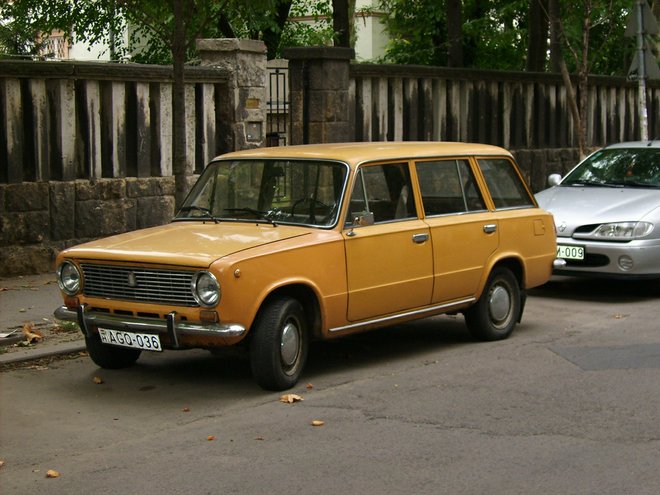
Like Berlin, Budapest fell under communist
control following World War II — only to throw out the old regime in 1989. But
the past is still present across the city, from museums and statues to
restaurants and shops that sell the genuine communist era fare. If you’re
interested in the history, head to the ominously named Museum of Terror.
Formerly home to the Secret Police, it covers the darkest times of the
communist regime, offering an insight into what life was like under Soviet rule.
3. The contemporary art scene is thriving.
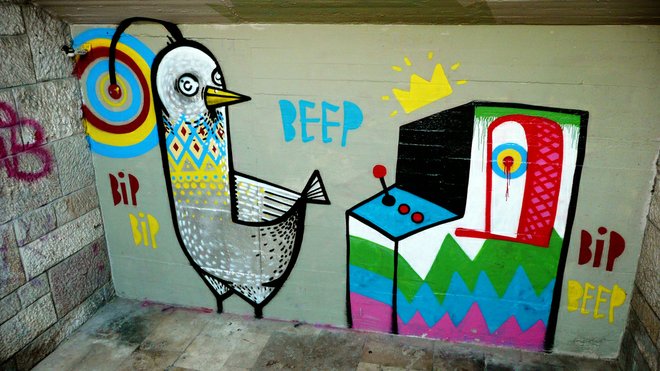
Budapest’s contemporary art scene is thriving
and nowhere is that more evident than on the streets. Art covers the open-air
canvas that every city boasts (read: it’s streets) and filters into the
aforementioned ruin bars and coffee houses to decorate their walls. Galleries
like Vintage Galeria (great for new photography), INDA Galeria, Kisterem, and
the Ernst Museum are all worth adding to an artsy itinerary.
4. Coffee is life.
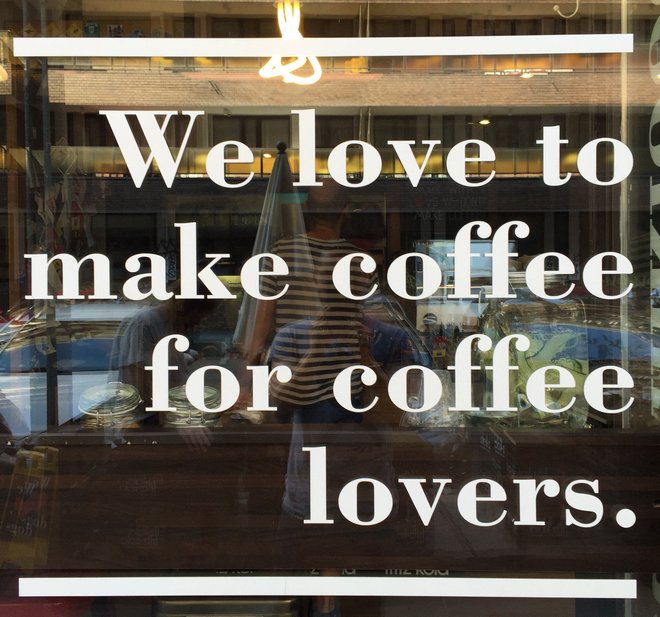
While Berlin has been fussing over its
vintage La Marzocco machines and banning strollers from its cafes, Budapest has been getting
busy with its own specialty coffee scene. The Hungarians have long held a
penchant for coffee with their traditional coffee houses but the new wave more closely compares to the likes of what you’ll find in Shoreditch, Greenpoint or Kreuzberg. Try
any of My Little Melbourne, Tamp & Pull, and Madal for your flat white.
5. District VII is just like Berlin's hipster neighborhoods.
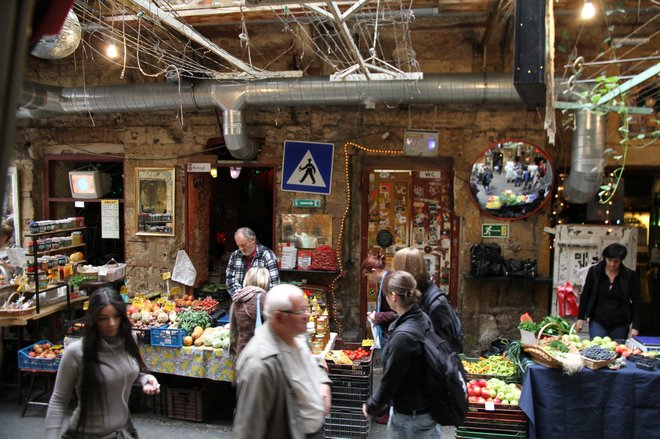
With a name similar to that film that had
way too much “parkour” in it, District VII is Budapest’s very own hipster neighborhood.
The ruin bars, nightlife, coffee shops, and art scene are all focused here on the
east side of the Danube. And along with the hip there’s also the old, with
ancient Soviet-style architecture and graffiti everywhere you look. Take an
Apple laptop and order cold press coffee, and you’ll feel right at home in Budapest’s
answer to Neukolln.
Hotel Pick: To stay close to District VII but avoid the
noisy nights, check in at the nearby Atrium Fashion Hotel. Functional,
contemporary rooms look out onto a stylish multi-level atrium and rooms are
reasonable for their upper-mid-range status.
6. It has an innovative spot dedicated to recreation.
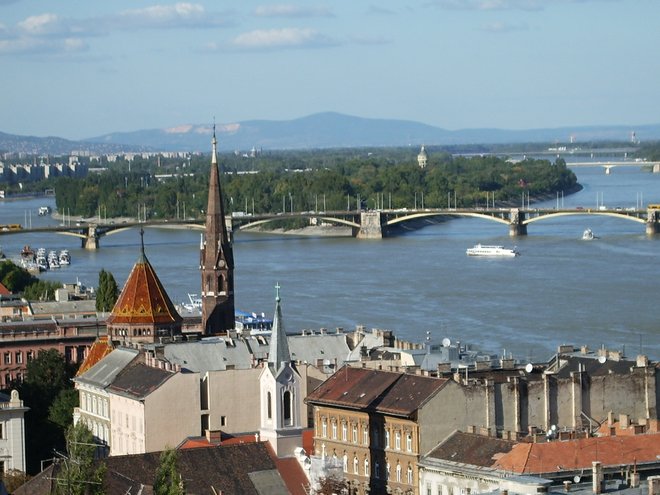
Put your hands up if you’re bored of
hearing about Berlin’s Tempelhof Airport? No, us neither; after all, nowhere else in the world has a
whole airport gifted to the city for fun and games, so there’s no comparison
here. What Budapest does have, though, is an island stuck in the middle of the Danube
between the old town’s of Pest and Buda — and who doesn’t like an island? Covered
in woodland, Margaret Island is the city’s own recreational release spot with
virtually no buildings to distract you during your break from the Budapest
bustle.
7. The markets are awesome.
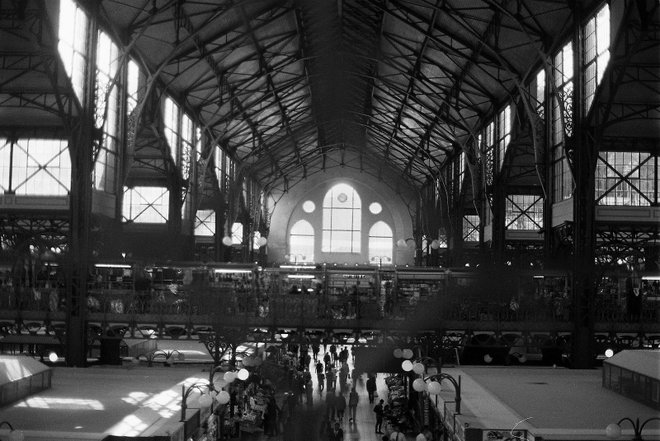
In Budapest, there exists a selection of markets
to suit all tastes. While we can’t stand by and tell you that they are necessarily better than Berlin’s, we can tell you that there’s nowhere quite like the Great Market
Hall. Get lost between stalls of fresh produce, check out the views from the
balcony, and bask in the glory of a market that was once named the
most beautiful in Europe.
Hotel Pick: For a basic base from which to explore, the
Three Corners Hotel Art is located in the Palace District just a short walk
from the Great Hall Market and other attractions. On a quiet street, the
hotel’s rooms are small and simple — and suit those who want to spend most of
their time seeing the sights of Budapest.
Related Links:
- 25 Beach Hotels in Europe That Are Scary Beautiful
- Get Locked Up: 8 Hotels You Would Never Guess Used to Be Prisons
- The Most Expensive Hotels in 10 Popular Destinations
All products are independently selected by our writers and editors. If you buy something through our links, Oyster may earn an affiliate commission.



